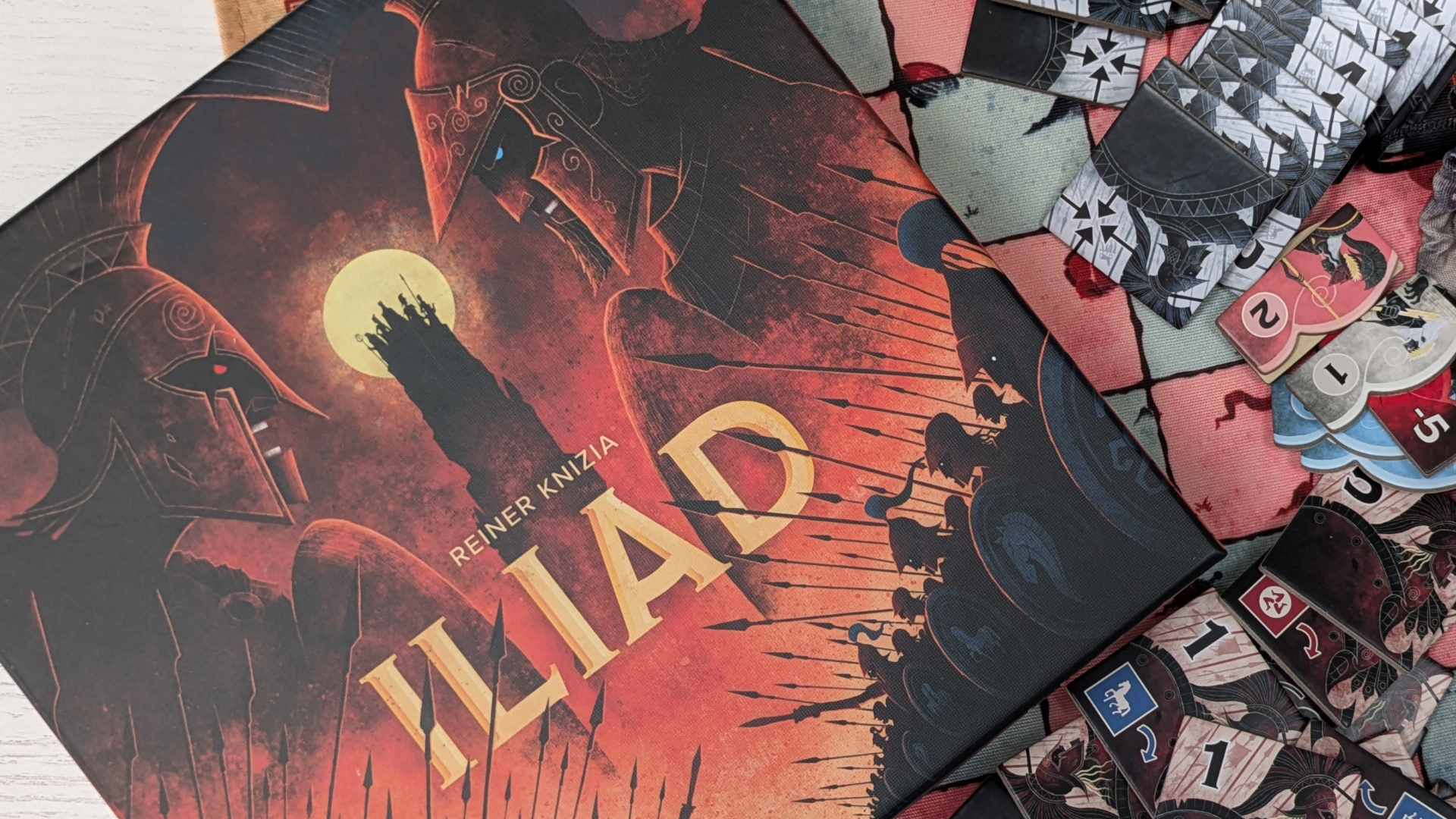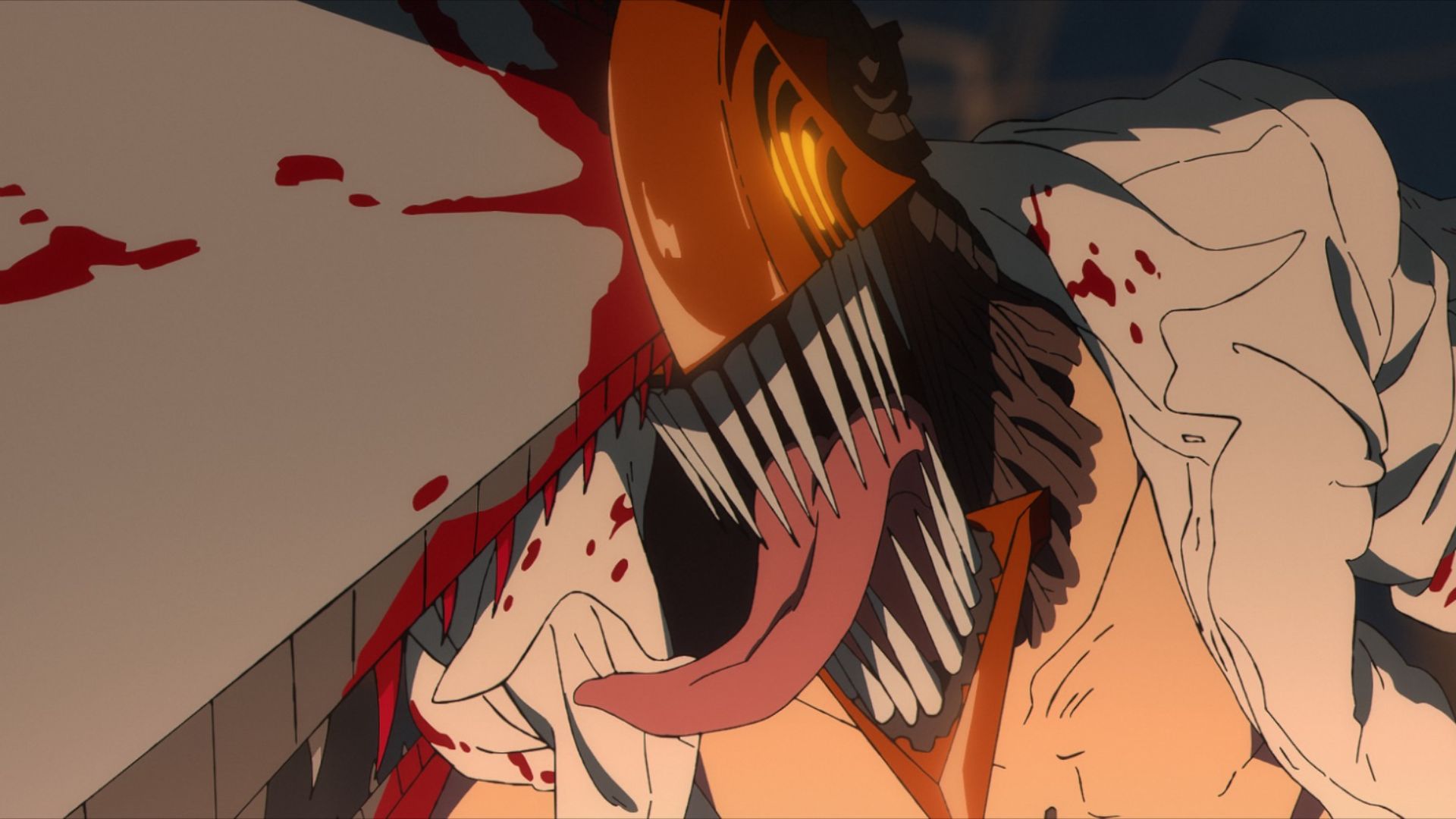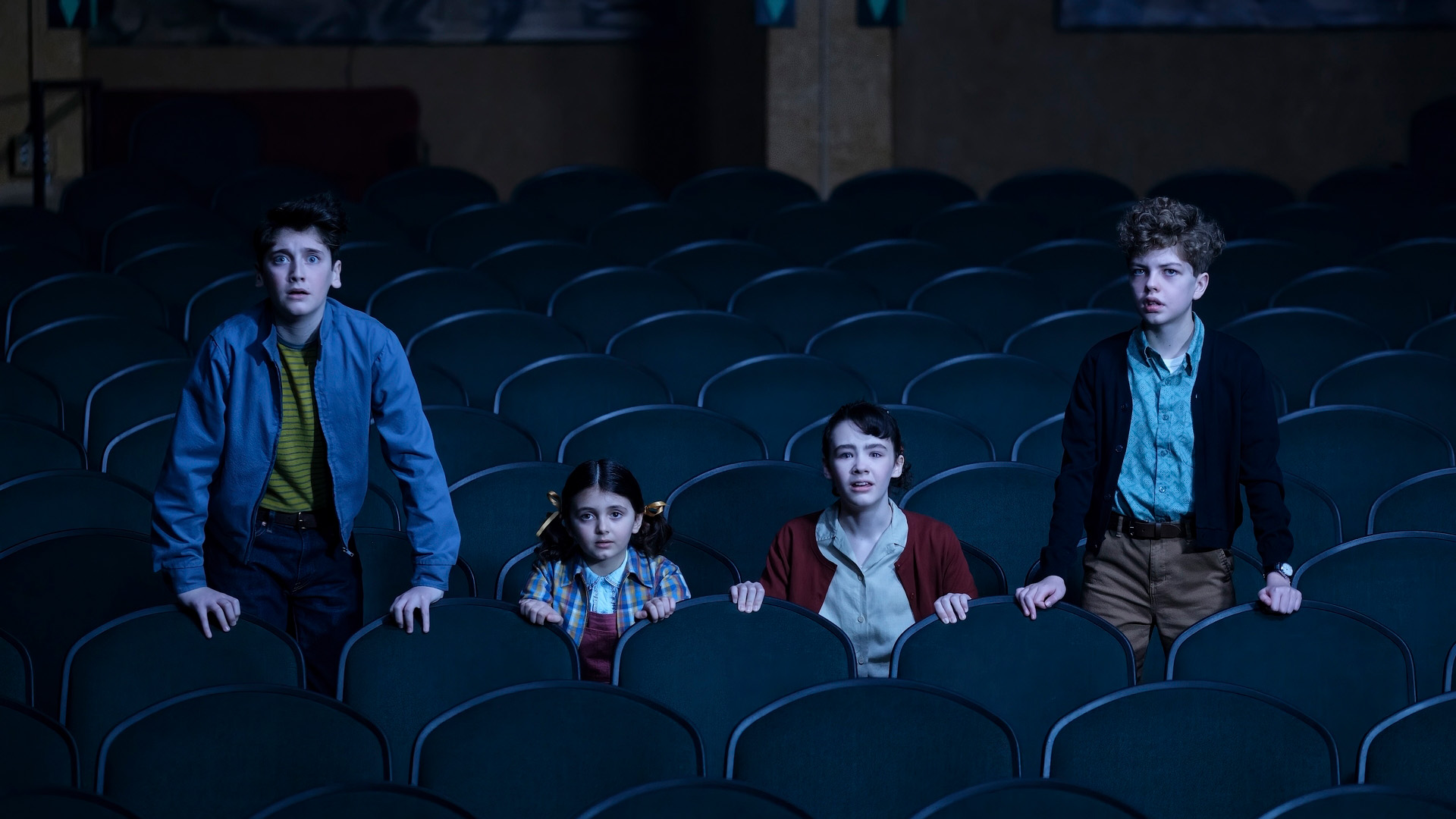Dragon Age
For years, RPGs had to rely on text to communicate their stories, dialogue and scenes. Technological advances created new avenues - we started seeing expressions, hearing voices, understanding how characters felt without being told "Bob is angry!"
But it's never reached the level of sophistication we've grown used to in other media. Where are the pregnant pauses, the glowering looks, the terrified faces and the cheeky grins that would give our heroes and villains true depth? BioWare understand that their audience is growing up. We expect more from our entertainment: more depth, darker themes, subtle tones and complex characters.
Dragon Age aims to deliver just that. For although touted as the spiritual successor to Baldur's Gate and Neverwinter Nights, and with all the stats, monsters and quests that entails, Dragon Age far outreaches those games in its technical and artistic range. BioWare is looking to add a third layer of communication to what is said and how it's said; how characters look when they speak. With any luck, we can kiss goodbye to immobile faces badly lip-synching dialogue that deserves animated expressions. We'll begin to understand motivations instinctively; rather than digesting dialogue and calculating our next move, we'll feel what the right way to proceed is. BioWare's plan is nothing less than a reinvention of the genre, of the way we play.
Dragon Age is all about invention, in fact. BioWare are creating its world, its systems and whole lore from scratch. Five people have spent four years fleshing out the details. Not programming or designing levels, just creating the world and writing its history. After working on what were effectively licensed games in the Baldur's Gate, Neverwinter Nights and KOTOR series, it's evident that BioWare is intently focused on creating a convincing setting. That’s something Scott Greig, Project Director, was keen to stress.
"If you look at all the other great fantasy licenses, like Dungeon and Dragons, or Lord of the Rings, there's a lot of work gone into building these up, and we wanted the world of Dragon Age to be worthy of gamers' time and effort. We want Dragon Age to feel like it has a history, rather than a few random fantasy elements thrown together. We realized that, if we owned our own IP, we could wield enormous control over the setting and story."
For years, RPGs had to rely on text to communicate their stories, dialogue and scenes. Technological advances created new avenues - we started seeing expressions, hearing voices, understanding how characters felt without being told "Bob is angry!"
But it's never reached the level of sophistication we've grown used to in other media. Where are the pregnant pauses, the glowering looks, the terrified faces and the cheeky grins that would give our heroes and villains true depth? BioWare understand that their audience is growing up. We expect more from our entertainment: more depth, darker themes, subtle tones and complex characters.
Weekly digests, tales from the communities you love, and more
Dragon Age aims to deliver just that. For although touted as the spiritual successor to Baldur's Gate and Neverwinter Nights, and with all the stats, monsters and quests that entails, Dragon Age far outreaches those games in its technical and artistic range. BioWare is looking to add a third layer of communication to what is said and how it's said; how characters look when they speak. With any luck, we can kiss goodbye to immobile faces badly lip-synching dialogue that deserves animated expressions. We'll begin to understand motivations instinctively; rather than digesting dialogue and calculating our next move, we'll feel what the right way to proceed is. BioWare's plan is nothing less than a reinvention of the genre, of the way we play.
Dragon Age is all about invention, in fact. BioWare are creating its world, its systems and whole lore from scratch. Five people have spent four years fleshing out the details. Not programming or designing levels, just creating the world and writing its history. After working on what were effectively licensed games in the Baldur's Gate, Neverwinter Nights and KOTOR series, it's evident that BioWare is intently focused on creating a convincing setting. That’s something Scott Greig, Project Director, was keen to stress.
"If you look at all the other great fantasy licenses, like Dungeon and Dragons, or Lord of the Rings, there's a lot of work gone into building these up, and we wanted the world of Dragon Age to be worthy of gamers' time and effort. We want Dragon Age to feel like it has a history, rather than a few random fantasy elements thrown together. We realized that, if we owned our own IP, we could wield enormous control over the setting and story."


